Car Restoration Paint and Finish Tips: From Bare Metal to Showroom Shine
Chosen theme: Car Restoration Paint and Finish Tips. Let’s turn tired panels into deep gloss with practical guidance, shop-floor stories, and hands-on steps you can apply this weekend. Subscribe, comment, and share your victories and mistakes to help everyone improve.
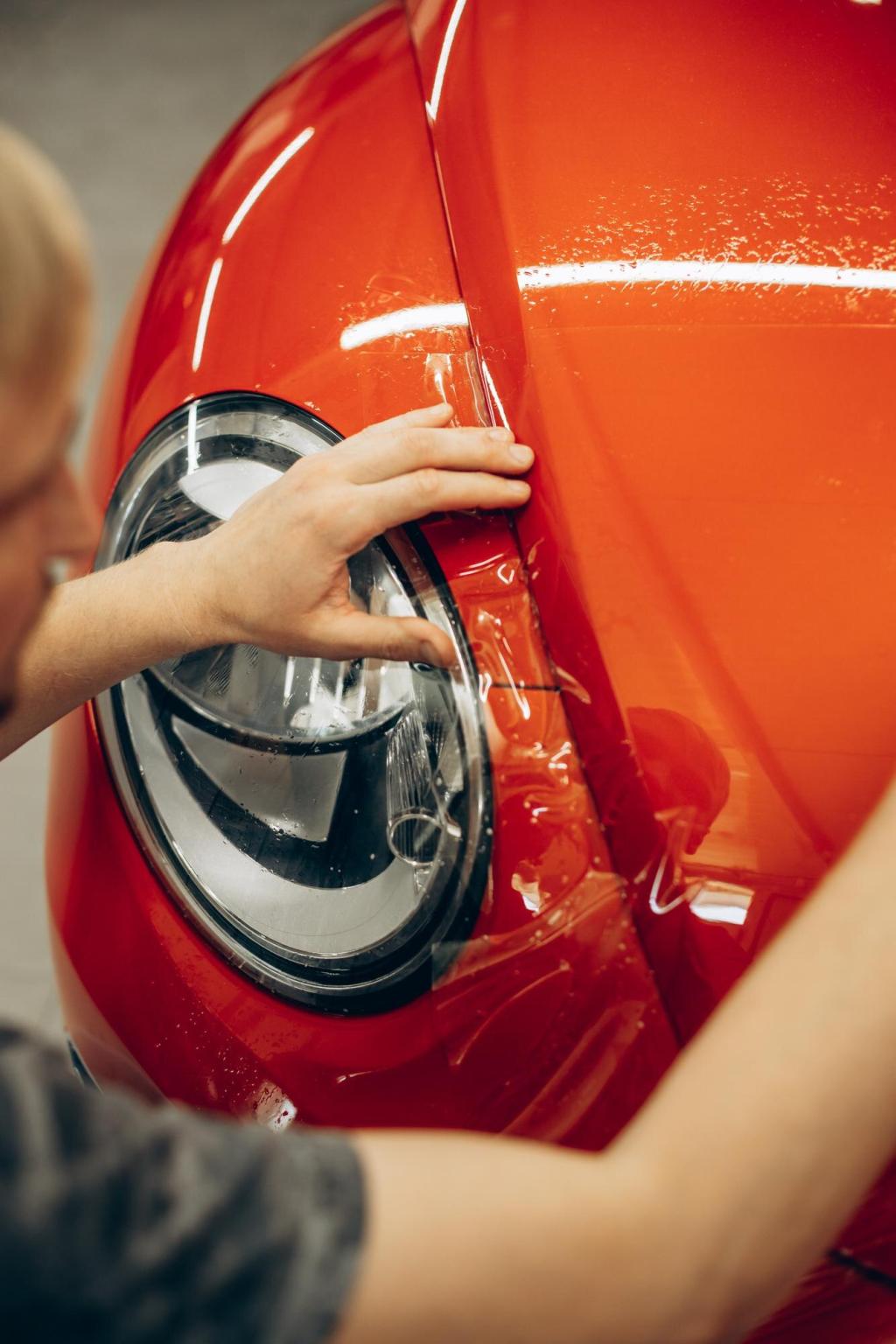
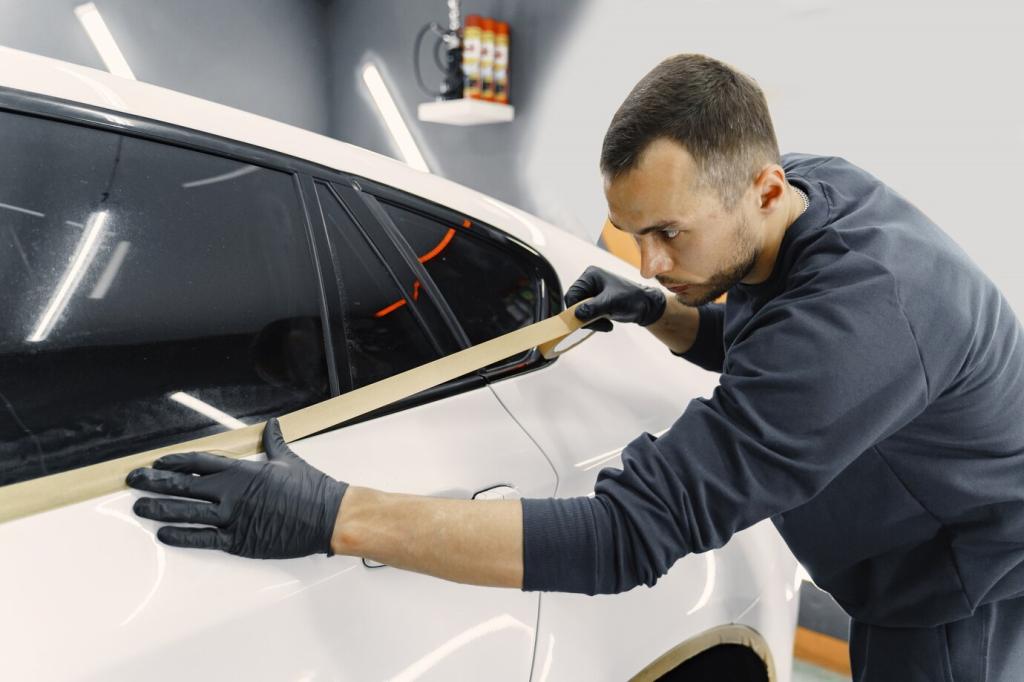

Epoxy versus 2K: Choosing the Right Foundation
Epoxy grips bare metal and seals out moisture when applied within the recommended window. High-build 2K levels waves efficiently. Many restorers spray epoxy, repair, then 2K for build. Always confirm compatibility on the tech sheet before mixing systems or reducers.
Guide Coats and Block Sanding that Tell the Truth
A light guide coat reveals highs and lows with brutal honesty. Use long, rigid blocks and crosshatch strokes to avoid trenches. Sand until the guide disappears evenly. If you break through, re-prime sparingly, dry thoroughly, and guide coat again before continuing.
Sealers for Color Uniformity and Adhesion
Sealer reduces absorption differences and locks repairs under a consistent shade, protecting metallic orientation and final color. Choose gray value to influence coverage. Spray wet-on-wet within the manufacturer window for ideal adhesion. Tell us which sealer colors make your coverage faster.

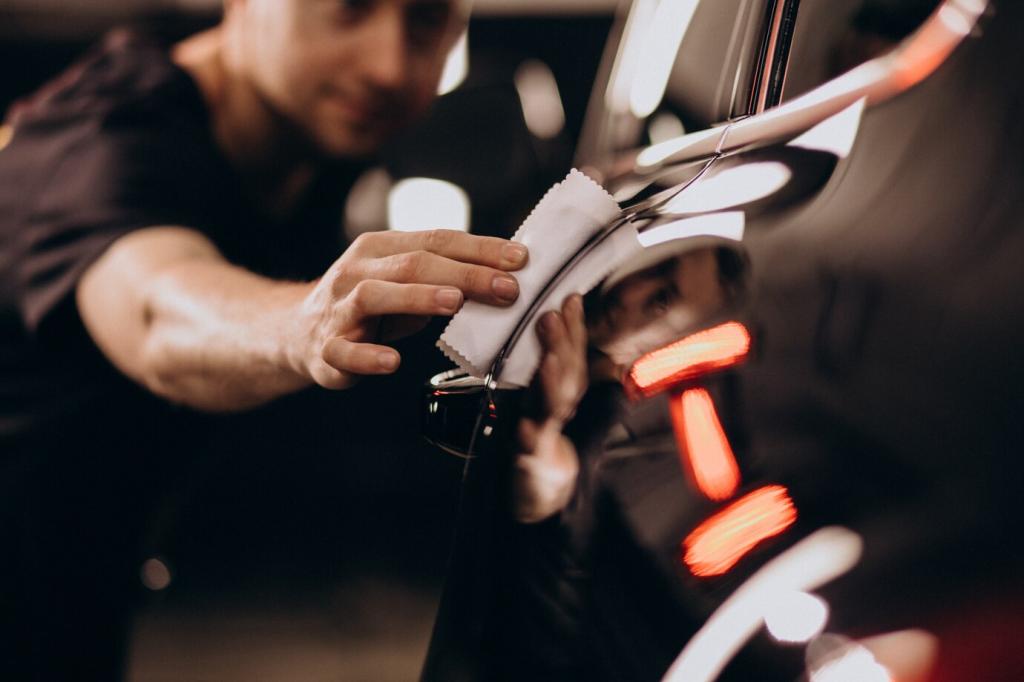

Clear Coats: Gloss, Flow, and Real-World Durability
Follow the stated ratios; many clears run four-one-one, but your brand may differ. Choose hardener speed for shop temperature, and reducer for panel size. Strain everything. Mix small batches so pot life does not force rushed passes or dirty cup refills.
Clear Coats: Gloss, Flow, and Real-World Durability
Let the run cure fully. Shave the high with a fresh razor blade pulled gently on edge, then level with a nib file. Wet sand carefully, stepping grits until flat. Buff later. Share your favorite rescue method so others learn calmly.

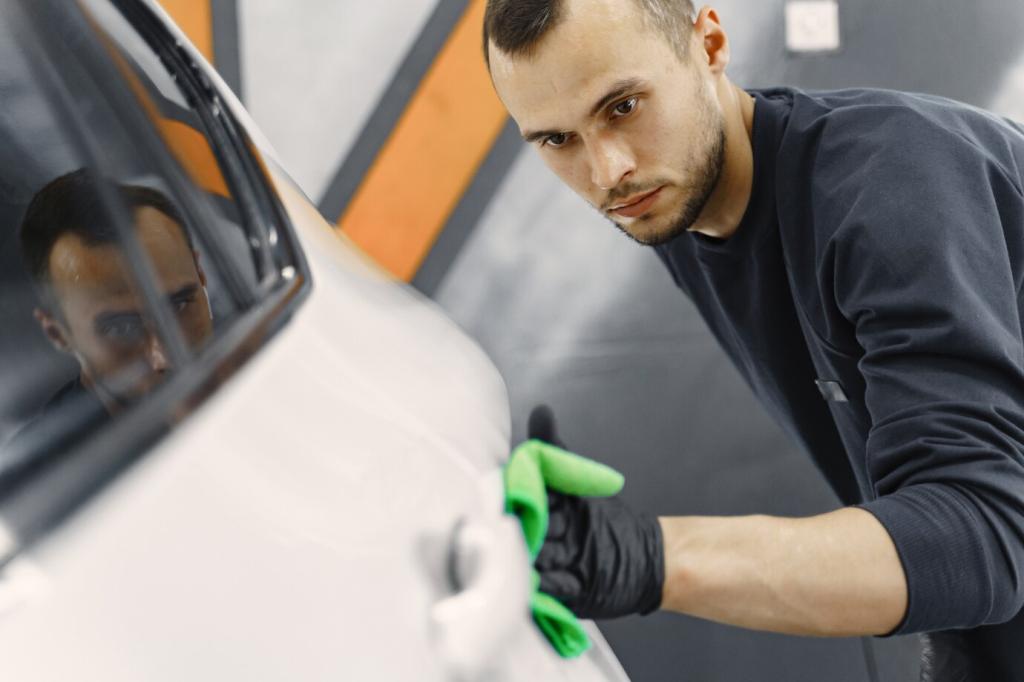
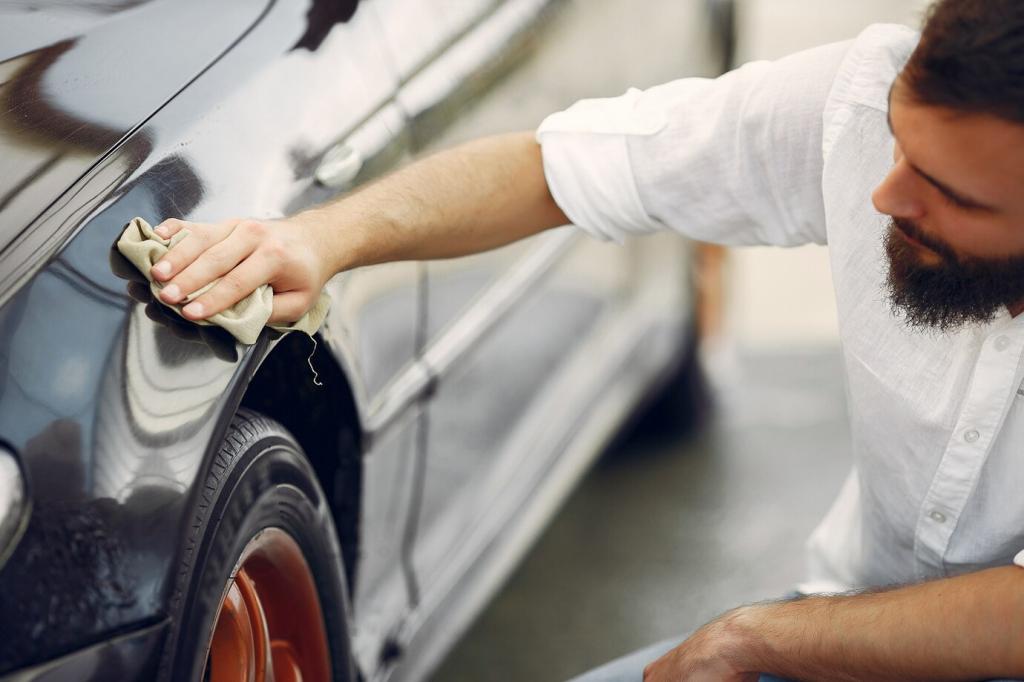
Rust Strategy: Stop It, Fix It, Prevent It
Surface rust on non-structural parts can be converted and sealed. Perforation or structural corrosion demands cutting and welding. Test with a pick, not optimism. Patch panels must fit cleanly; weld slowly, skip around, and cool to avoid distortion and pinholes.
Shop Setup and Safety: The Hidden Finish
Lighting, Filtration, and Clean Air
High-CRI, bright lighting reveals texture and coverage. Stage intake and exhaust through clean filters, and remove water with separators and desiccant. Keep sweep habits disciplined, ground the car, and never use uncontrolled fans that could ignite vapors or stir debris.
Mixing Bench Discipline and Record-Keeping
Write batch numbers, ratios, and reducer choices on the masking paper. Keep tech sheets nearby. Strain every pour. Spray-out cards save heartbreak; compare under sun. Photograph settings and results. Your notes become a personalized manual others can learn from in comments.
Scheduling Around Cure Windows and Life
Paint favors patience. Plan panels around humidity, temperature swings, and family time. Respect recoat windows to avoid lifting. If delays happen, scuff properly before continuing. Subscribe for weekly checklists, and share how you balance real life with smart, safe progress.
